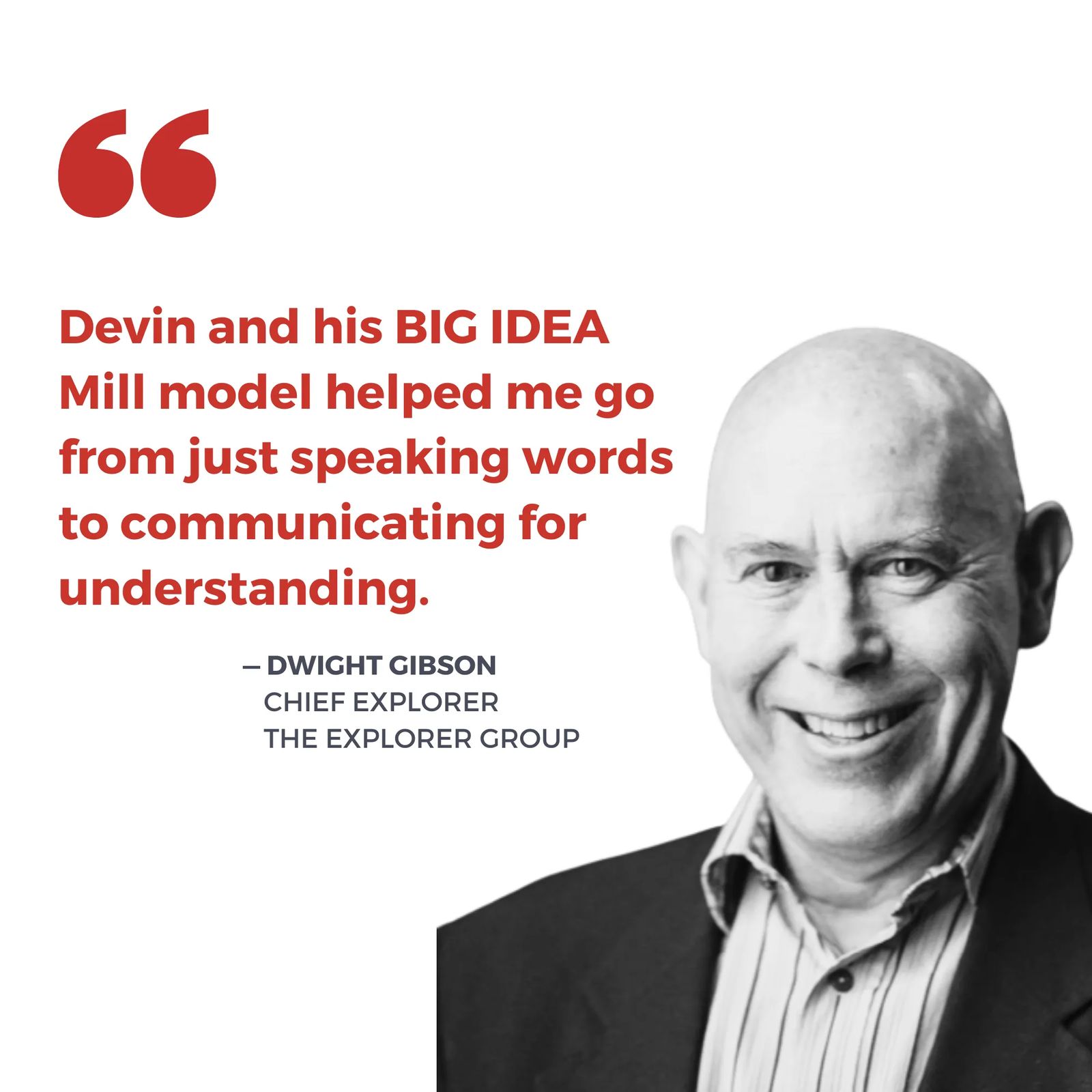Stage Charisma Is Found In The Voice
3 Keys to dynamic vocal variation
By Devin D. Marks | Published Feb 14, 2025
On a TED stage, an animated conversational voice can make all the difference between a talk that merely informs and one that compels.
As I work on my forthcoming book on storytelling, I’ve been deep in public speaking research. A study by Julia Hirschberg and Andrew Rosenberg, published in Speech Communication (2009), caught my attention recently, and seems work.
Titled, “Charisma Perception from Text and Speech” the paper reveals how varying key elements of verbal delivery — pitch, volume, and speech rate — can dramatically boost the speaker's perceived charisma.
Note: There are actually 5 elements of non-verbal delivery — “paralinguistic cues” — to consider: pitch, volume, pace, tone, and pauses. But the paper explores only three.
It demonstrates that audiences tend to perceive speakers as more engaging, trustworthy, and persuasive when their vocal delivery shows dynamic variation.
In the land of TED, you can see this dynamic play out on stage with Bryan Stevenson’s masterful talk, We Need to Talk About an Injustice. It is a masterclass example of dynamic vocal variation!
Bryan’s first short story begins at the 01:21 minute mark. Give it a quick viewing.
“My grandmother... She was tough.
She was strong.
She was powerful.
She was the end of every argument in our family.
She was the beginning of a lot of arguments in our family.
She was the daughter of people who were actually enslaved...”
When you read those words above — their content — the "what" meaning of the message is emphasized. But when we consider their non-verbal delivery (something apparent only when viewed in video or audio form), the "how" and "why" of the message begins to inform us. The emotional context and clarity of the spoken message enhances or alters the perception of Bryan's words.
Did you hear him modulate his pitch to emphasize emotional moments? Bryan changed the volume or paused to signal key points. He varied his speaking pace (averaging 190 words per minute) to create anticipation or reflection.
These *subtle* vocal shifts helped Bryan create a sense of connection with his audience, turning abstract ideas into something emotionally compelling.
There’s no “talking down” to the audience. No preaching. No stentorian voice. Just an animated coffeehouse conversation with a friend.
For anyone aspiring to give a TED Talk (or any major presentation, for that matter), understanding and applying the science behind verbal delivery can be a game-changer.
So, to elevate your speaking game, here are 3 actionable tips based on Hirschberg & Rosenberg’s findings:
1. VARY YOUR PITCH: Use a higher pitch to convey excitement or enthusiasm and swap in a lower pitch for seriousness. Shifting between these helps punctuate your message.
→ Watch TEDster Mike Rowe play with pitch at the 02:27 minute mark. I cannot get enough of this hysterical story!
2. ADJUST YOUR VOLUME: Be mindful of your volume. Speak louder to highlight critical points, but don’t hesitate to lower your voice when you want the audience to lean in and listen closely.
→ Watch TEDster Tim Urban play with volume at the 07:09 minute mark. You can tell why he has the #2 all-time viewed talk, no?
3. CONTROL YOUR PACE: Use pauses strategically. Speak faster when telling a vivid story, but slow down when explaining complex ideas. This balance keeps the audience engaged.
→ Watch TEDster Robert Waldinger use pace and pause at the 01:37 minute mark, here. He's a voice maestro, isn't he?
Vocal variation isn’t just about sounding good; it’s about enhancing how ideas are received and retained by the audience.
The voice is where charisma on stage is found!
EXTRA CREDIT: For the best overall “How to use your voice on stage” insight set out there, click to Julian Treasure’s Top 10 TED Talk: How to Speak So That People Want to Listen.
NERD FACTS: Here are some nerdy TEDster facts about Bryan Stevenson's talk:
(1) At a whopping 21 minutes in length (many talks run half that these days), Bryan’s talk demonstrates that when a speaker adjusts their verbal delivery (and weaves in a story), they can keep an audience captivated for long stretches.
(2) This talk, back in the day, received the longest standing ovation in the history of TED.
(3) Without being asked, the TED audience crowd-sourced $1M before the conference ended! In that, it is the epitome of an Action-Igniting talk.
DEVIN D. MARKS one of the nation's leading "short talk" speaker trainers. His firm, CONNECT to COMPEL, has served 100s of speakers — including Harvard’s Dr. Robert Waldinger for his all-time Top 10 TEDx Talk. The result: 100s of millions of views for clients. He helps niche experts, authors, and leaders spread world-changing ideas.
You can reach Devin at 617.804.6020, or DM him here. His newsletters are here.
LET THE WORLD LIVE YOUR MESSAGE™

